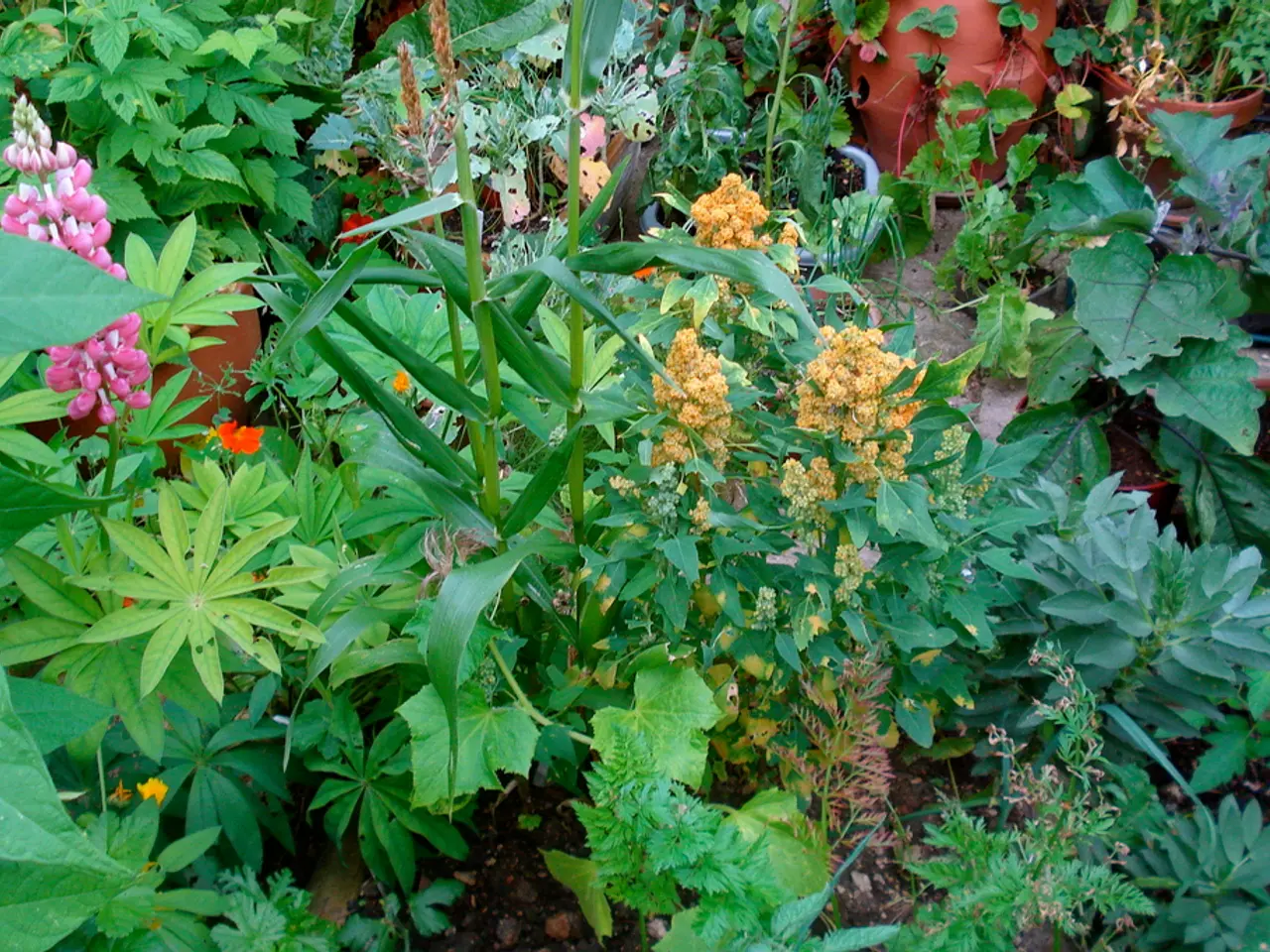Uncover potential issues by determining the nature of the object not to be planted on the property. Anticipate potential problems that she might instigate.
Thuja, commonly known as the eastern white cedar, is a popular choice for many gardeners due to its numerous benefits. However, it's essential to be aware of the potential risks associated with this plant.
Benefits of Growing Thuja
Thuja offers several advantages for gardeners and the environment.
Wildlife Support
Native to parts of North America, Thuja provides a reliable food source and shelter for various animals, particularly in forested and shoreline areas, supporting local biodiversity.
Air Quality Improvement
As a dense evergreen hedge, Thuja can act as a natural barrier that helps filter airborne dust, pollen, and other particulate matter, improving air quality and potentially reducing allergy symptoms for people nearby.
Erosion Control and Soil Protection
Thuja's dense root and foliage structure helps stabilize soil on slopes, reducing erosion. It also contributes as a windbreak and soil stabilizer in gardens.
Aesthetic and Shade Benefits
Thuja is an attractive evergreen used for privacy screens or windbreaks. It also provides shade, which can reduce heat-related issues in a garden environment.
Low Maintenance
Being native and adapted to local climates, Thuja often demands less water and fewer pesticides, making it an eco-friendly landscaping option.
Risks of Growing Thuja
While Thuja offers numerous benefits, it's crucial to be aware of the potential risks.
Toxicity
Thuja species contain thujone and other compounds that can be toxic if ingested in large quantities by humans or pets. Handling broken branches or needles releases these compounds, which can be irritants.
Invasiveness Concern
While Thuja occidentalis is native and generally non-invasive in its region, planting non-native Thuja species or improper management could potentially lead to displacement of local vegetation. Awareness about using native plants is important to preserve ecosystem balance.
Allergenic Potential
Although Thuja can trap allergens, its pollen may itself be allergenic for some people, warranting caution for allergy sufferers.
Water and Soil Needs
While adaptable, Thuja does best in well-drained soil and may suffer if overwatered or planted in very poor soil, which can lead to disease susceptibility and dieback in garden settings.
In conclusion, growing Thuja in a garden is beneficial for supporting wildlife, improving air quality, stabilizing soil, and providing aesthetic and shade advantages, especially when using native species. These benefits come with risks linked to toxicity, allergenic potential, and careful consideration of native versus non-native planting to avoid ecological disruption. It is advisable to plant Thuja in a separate location to prevent competition with other plants and potential harm to structures.
Thuja, when grown in the home-and-garden setting, can enhance one's lifestyle by offering benefits such as wildlife support, air quality improvement, erosion control, aesthetic appeal, shade provision, and low maintenance. However, it is crucial to be aware that Thuja plants may pose risks, including toxicity, invasiveness concerns, allergenic potential, and water and soil needs that require careful management.




